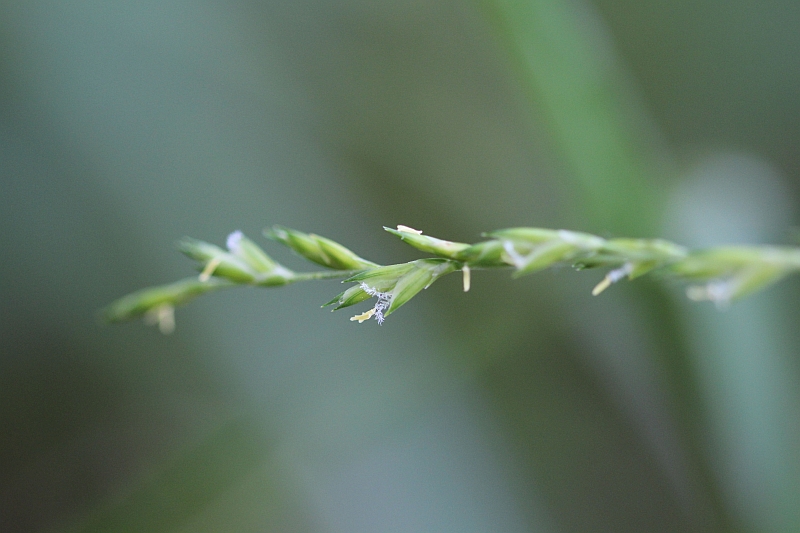Settling velocity and pollination dynamics in Diarrhena obovata, a grass of temperate forest edges and understories
DOI:
https://doi.org/10.26786/1920-7603(2022)683Keywords:
Settling Velocity, terminal velocity, Poaceae, Pollen, AnemophilyAbstract
Pollen from a naturally occurring population of the forest grass species Diarrhena obovata was successfully captured in a series of pollen traps to understand the timing of anthesis and the dispersal mechanics of wind pollination in an example of the flowering plant family Poaceae. Scanning electron microscopy was used to identify the pollen surface ornamentation as microechinate-areolate. The spherical grains have a diameter of 38.74 μm. The settling velocity calculated by Stoke’s Law was 4.48 cm s-1, but physical measurement by drop tower experiments resulted in 3.77 ± 0.15 cm s-1 (sd). The surface ornamentation observed in D. obovata pollen is not expected to alter drag forces considerably but the reduction of settling velocity may be a result of species-specific pollen grain density. In forest grasses an improvement in settling velocity may be adaptive in overcoming dispersal constraints in an environment where trees obstruct wind speeds and create more turbulence.

Downloads
Additional Files
Published
How to Cite
Issue
Section
License
Copyright (c) 2022 Phillip Klahs

This work is licensed under a Creative Commons Attribution 4.0 International License.
JPE is an open access journal which means that all content is freely available without charge to the user or his/her institution.
Authors who publish with this journal agree to the following terms:
1) Authors retain copyright and grant the journal right of first publication with the work simultaneously licensed under a Creative Commons Attribution License that allows others to share the work with an acknowledgement of the work's authorship and initial publication in this journal.
2) Authors are able to enter into separate, additional contractual arrangements for the non-exclusive distribution of the journal's published version of the work (e.g., post it to an institutional repository or publish it in a book), with an acknowledgement of its initial publication in this journal.
3) Authors are permitted and encouraged to post their work online (e.g., in institutional repositories or on their website) prior to and during the submission process, as it can lead to productive exchanges, as well as earlier and greater citation of published work (See The Effect of Open Access).
To assure a broader targeted audience, content will be included into databases (such as EBSCO) and directories (such as DOAJ).











